In the world of Artificial Intelligence and plethora of online content, one cannot differentiate between human-written and AI-generated content. To distinguish, GPTZero, an AI content analyzer tool plays a key role. Created by computer science graduate Edward Tian, it helps instructors in identifying plagiarized writing apart from human-written work. The application analyzes a text’s ambiguity and burstiness to identify whether it was manually written or AI created.
Introduction to GPTZero
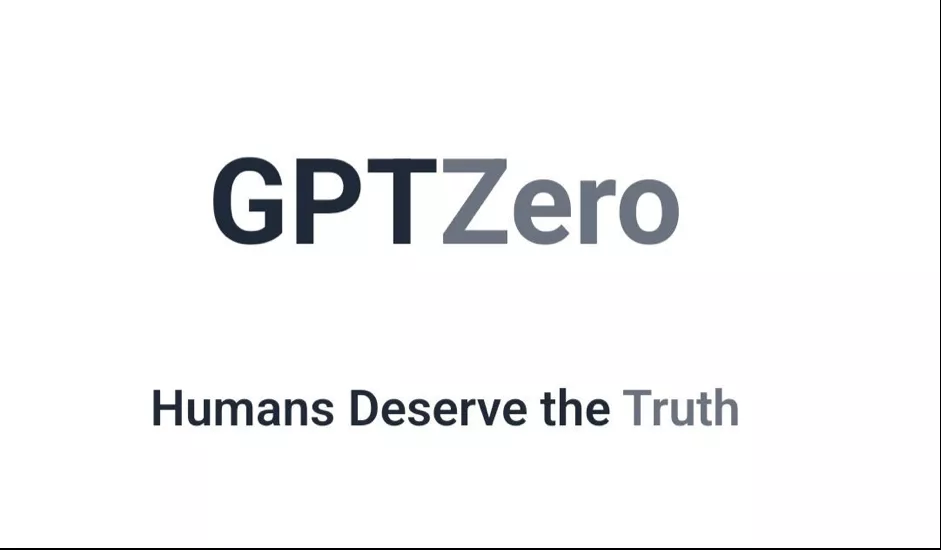
An AI content identification tool called GPTZero can determine whether a paragraph was authored by a big language model, such as ChatGPT. To generate predictions at the paragraph, sentence, and document levels, it is trained on a sizable dataset of both human- and AI-created text. This program or application is free for schools and others to use and can correctly identify content created using ChatGPT above 98 percent of the time. Since ChatGPT’s release, various other detection tools have been seen, including GPTZero.
Working of GPTZero
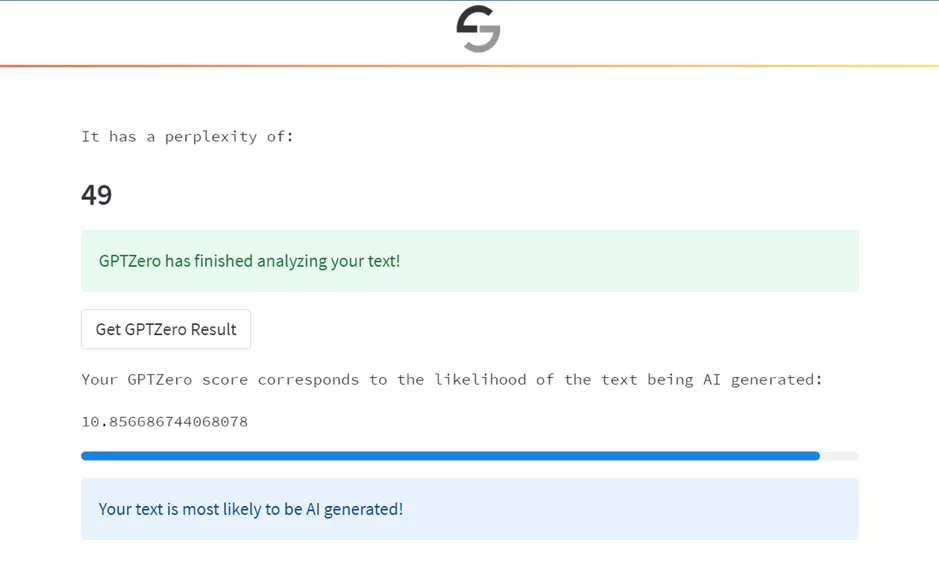
GPT Zero recognizes AI-written text by detecting content patterns and guessing the next words of content. AI tools write texts that are easily predictable. Alternatively, if the text contains a variety of words, sentence structures, or patterns, it was written by a human.
GPT Zero identifies AI content on the basis of two factors:
- The Perplexity: It calculates the randomness of a text using predictability. It is AI-written if the content is easily guessable. It computes a perplexity value ranging from 0 to 100. A value of 0 indicates that the content was generated artificially, whereas a value of 100 indicates that it was written by a human.
- Burstiness: Burstiness is the use of uncommon terms inside a text. Humans are largely responsible for content that contains a variety of phrases, words, and sentence structures.
Enter the text into the space on GPTZero’s website and click Get Results to detect AI-written material. GPT Zero will check the text and return back AI, human, or mixed results. Users may also upload a Word or a PDF document.
Detecting AI-Generated Content with GPTZero
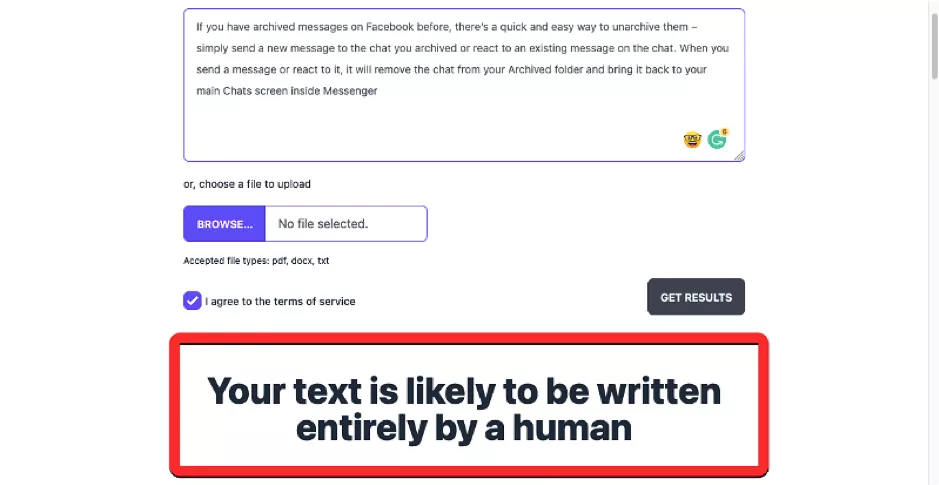
Follow the methods below to recognize AI-generated content with GPTZero:
1: Open a browser and navigate to https://gptzero.me/.
2: Scroll down to find the “Try it” button; just click on it.
3: Users will now be redirected to the new window, where they will find the “input text box.” They will need to input the text here that needs to be checked.
For example, if a short para on “about ChatGPT” is typed and pasted into the input section, then Ctrl (control) to enter button is pushed, it will require little time to evaluate.
Users can scroll down to read how this algorithm works, and then find the end result, whether the text is ChatGPT generated or human-written, at the bottom of the page. Users will notice that the program has returned a result, indicating that the text we input was most likely generated by humans.
Now, use the ChatGPT to create some material on the same subject. So, the ChatGPT-generated material is pasted in the input section this time. As a result, it has been determined that the material is AI-generated text this time. As can be seen, this technology examined the material and determined if it was generated by AI or written by humans.
That’s all! This is how one can tell if a text or article was authored by a person or generated by AI. However, keep in mind that the program is currently in experimental mode, so users may not obtain an accurate outcome each time. As a result, users should not rely entirely on this tool.
Accuracy of GPTZero
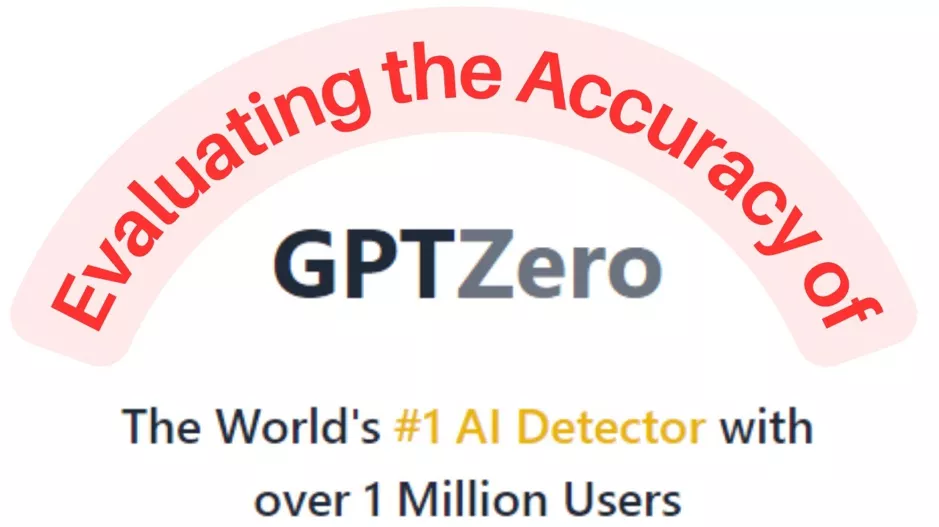
GPT Zero is mostly used to detect material that has been intentionally written. The platform is frequently used by educators, schools, and colleges to examine their students’ work. AI plagiarism in educational writing is detected by GPTZero.
GPT Zero is completely inaccurate. The issue with GPT Zero is that it uses perplexity and burstiness to determine if or not the text was created by AI, which does not work very well. GPT Zero, on the other hand, performs an excellent job of recognizing texts created with ChatGPT. GPT Zero’s accuracy is predicted to be over 98%. This means that it can properly identify whether a particular text was written by an AI or a human 98% of the time. While GPT Zero is extremely precise, it is not without flaws.
GPTZero – Applications
Now that we’ve understood what GPTZero is and how it performs, let’s look into where this AI detective excels. GPTZero is making ripples in a range of industries, from education to recruiting to social writing platforms.
- Education
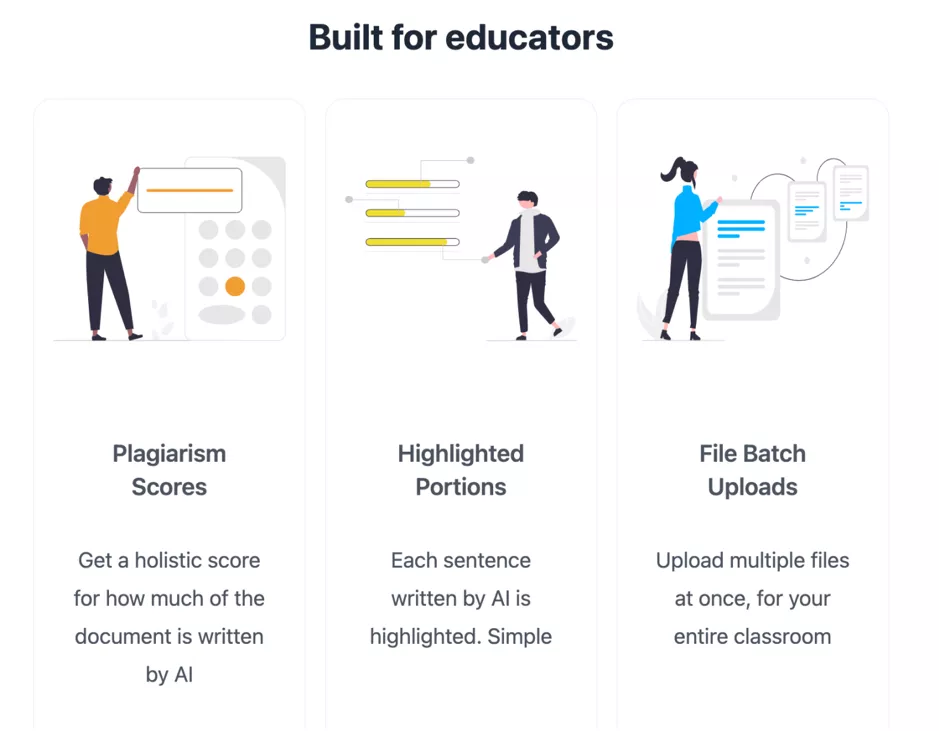
The growth of AI has resulted in an increase in AI-written material in the academic sector. Students may be tempted to delegate their homework to an AI, but GPTZero keeps things fair. Teachers can make use of GPTZero to ensure that all student work is original. It’s similar to any hi-tech plagiarism checker for AI!
- Recruitment and Hiring
It’s not rare for businesses to get hundreds, if not more of applications for a single job position these days. It can be difficult to go through all of those covers and resumes letters. GPTZero, on the other hand, allows recruiters to instantly determine if the application was written by AI or humans, allowing them to focus their attention on the most promising individuals.
- The Social Writing Platforms

Another application where GPTZero is creating an impact is in social writing platforms and services. These platforms are all about genuine human expression and connection, and GPTZero works to ensure that they stay that way.
GPTZero contributes to the truthfulness of these platforms and the genuineness of the communications they enable by recognizing AI-written material. These are only a few instances. The attraction of GPTZero is that it is a multi-purpose detection tool. GPTZero can be found anywhere there is text, assisting in the differentiation of AI and human content.
GPTZero – The Limitations
The classifier in GPTZero has limits, and the tool’s creators do not propose that educators use its conclusions to punish kids. Instead, they advise teachers to include the results in a complete assessment of student projects.
There is a possibility that human content will be mistaken for false stuff, and vice versa. The model is more accurate when classifying full papers than separate paragraphs, and more so when classifying single sentences.
When the input text closely approaches the content of the model’s training dataset, which includes a wide range of AI and human-created material, with the majority being English prose, the model’s accuracy improves.
The classifier in GPTZero isn’t designed to recognize AI-produced language that has been significantly altered, and it could infrequently mislabel greatly formulaic material as AI-produced. When utilizing GPTZero as an AI content detector, it is critical to keep the mistake rate in mind. Use its outcomes component of the evaluation, but keep in mind that it is not perfect.
The Bottom Line
GPTZero provides several benefits, including the capacity to detect AI-created plagiarism produced by the increased demand for ChatGPT. Furthermore, due to high usage, the website hosting this program has crashed, indicating a high demand for GPTZero. Overall, GPTZero is a fantastic tool for anyone looking to eliminate AI plagiarism produced by ChatGPT.






